When you hear the word prepper, what comes to mind? Probably some guy out in the countryside with a huge property, a basement full of supplies, and maybe even an underground bunker, right? That’s how it’s often portrayed. But here’s the thing: emergencies don’t care if you’ve got a basement or a backyard. Whether it’s a tornado, a blackout, or one of those SHTF situations, apartment prepping matters just as much if you’re living in a city apartment as it does in a rural homestead.
Now, if you’re like me and you live in an apartment, prepping can feel a bit daunting. You don’t have a ton of space to store food, water, and gear, and let’s face it, closet space is probably already tight with the regular stuff you need. Not to mention, security feels like a different ballgame when you’ve got neighbors on the other side of the wall. I get it, prepping advice usually sounds like it’s aimed at folks with way more space than the average apartment dweller has.
But here’s the good news: you don’t need a basement or a huge house to be prepared. What you do need is a plan. With a little creative thinking and some smart strategies, you can still make it work, no matter how limited your space is. Trust me, it’s doable.
Maybe you’re worried about a hurricane, a long-term power outage, or something else entirely. Whatever the case, this guide is going to help you figure out how to be ready without having to move to the suburbs or stockpile an entire basement’s worth of supplies.
So, let’s dive in. Apartment prepping might be a little different, but it’s absolutely possible, and once you’ve got a plan in place, you’ll feel a whole lot better knowing you’re prepared for whatever comes your way.
Maximizing Limited Space
Alright, so here’s the deal, if you live in an apartment, the first thought you probably have when someone talks about prepping is, “Where am I going to fit all this gear?” I get it. Apartment living means space is already tight, and trying to squeeze in a stockpile for emergencies can feel like one of those impossible puzzles. But let me tell you, you don’t need a basement or some giant storage room to be ready for whatever life throws at you. You just need to get a little creative and rethink how you’re using the space you’ve got.
Now, let’s get practical. Have you looked under your bed lately? No, really go ahead and check. That space isn’t just for dust bunnies and missing socks. It’s prime storage real estate. Grab a few plastic bins or even vacuum-sealed bags and start loading up on canned goods, bottled water, whatever. It’s out of sight, but you’ll know it’s there when you need it. And closets? Yeah, I know, closet space in an apartment is practically sacred. But
if you can carve out just a little corner or shelf for your emergency supplies, it’ll pay off big time down the road. Use stackable bins, hanging organizers, anything that takes advantage of that vertical space. You’d be surprised how much you can fit.
Another solid move is using furniture that works overtime. Think coffee tables with hidden compartments, ottomans that open up for storage, or even a bed frame with built-in drawers. If you’ve got stuff like this, you’re already ahead of the game. You’re not just adding supplies, you’re doing it without sacrificing your living space. And let’s not forget about the walls. Put up some shelves or use over-the-door storage systems to stash lighter things like toilet paper, paper towels, or even freeze-dried food. You’d be amazed at what a few shelves can do for your space.
You don’t need a big house with a basement to be prepared. You just need to be smart about how you’re using your space. Trust me, once you start looking at your apartment differently, you’ll find more storage spots than you ever thought possible.
Prioritizing Essential Items
In a tight living space, careful planning is the name of the game. With limited room, every square inch counts, and it’s critical to prioritize what matters most. Stockpiling essentials isn’t about having everything you could possibly need; it’s about having the right things that will get you through when things take a turn.
Water always comes first. The guideline is one gallon per person per day for drinking and sanitation, but that can add up fast. Storing a manageable amount makes a real difference. A few jugs here and there or collapsible containers work wonders without eating up your entire closet. Even a small stash of water could be a lifesaver when regular access is cut off.
Food is the next essential. Focus on non-perishables that pack a punch in terms of nutrition and space efficiency. Staples like rice, beans, canned vegetables, and dried fruits can carry you a long way. Compact and long-lasting, these foods give you flexibility without overcrowding your shelves. For those looking to maximize space, freeze-dried meals are a smart move.
First-aid supplies are an absolute must. A well-stocked basic first-aid kit can make a huge difference when medical help is out of reach. Bandages, antiseptic solutions, over-the-counter pain relievers, and any prescriptions specific to your household should always be on hand. It’s not about overpreparing, it’s about having the tools to handle those inevitable minor injuries or issues that might pop up in an emergency.
Hygiene supplies can’t be overlooked, either. When things go long-term, maintaining cleanliness is about more than just comfort, it’s about preventing illness. Essentials like soap, toothpaste, baby wipes, and a decent supply of toilet paper should be factored in.
These items not only help maintain your health but also boost morale when times are tough.
Getting the essentials in place is where it all starts. Water, food, first-aid, and hygiene items should be your focus. Once these key areas are handled, there’s room to expand and fine-tune your preparations, but the basics will always serve as the backbone of your preparedness. When those are in check, you’re already ahead of the curve.
Choosing Compact and Multi-Purpose Gear
Apartment living means every square foot counts, and when it comes to prepping, you’ve got to be selective about the gear you bring into your space. The key is focusing on equipment that’s both compact and versatile. Multi-purpose gear ensures that when a crisis hits, you’re ready with fewer items that can do more.
A portable water filter is a smart investment for anyone short on storage. In an apartment, stockpiling weeks’ worth of bottled water isn’t practical, but with a solid water filter, you can make safe drinking water from almost any source. Whether it’s from rain, a tap, or a nearby stream, you’ll have access to clean water without taking up precious storage room.
For staying powered up, a solar charger is essential. When the power grid goes down, you still need to keep your phone and small electronics going, especially for communication and information. A compact solar charger does the job and can be easily stored when not in use. It’s lightweight, doesn’t take up much space, and provides peace of mind during an outage.
When it comes to tools, a multi-tool is your go-to solution. Instead of stashing a full toolbox, a good multi-tool can handle most tasks. Pliers, knives, screwdrivers, and other essentials are all packed into one handy device that can sit in a drawer or bug-out bag without hogging space. It’s exactly the kind of tool that comes through in both everyday repairs and more serious survival situations.
For cooking in an emergency, collapsible cookware makes the most sense. These pots, pans, and utensils fold flat when not in use, taking up minimal space in your kitchen. Paired with a small camping stove or portable gas burner, you’re prepared to cook even if the power’s out. All without giving up half your kitchen cabinets to bulky gear.
In apartment prepping, efficiency is everything. Compact, multi-purpose gear allows you to stay prepared without crowding your home. It’s about having what you need when disaster strikes, without sacrificing the comfort of your living space. Every item should earn its place, and by focusing on tools that do more with less, you’ll be better equipped without the clutter.
Preparing a Bug-Out Bag
You never know when you’ll have to get out fast. Maybe you plan on staying put during a crisis, but life’s unpredictable, and sometimes the best option is to grab your stuff and go. That’s where a bug-out bag comes in. It’s your insurance policy, packed and ready so you can leave in a hurry when the clock’s ticking and there’s no time to think.
First things first, keep it simple. Don’t overcomplicate this. Pack what’s critical, and forget the rest. Start with the basics: important documents. Make copies of your ID, insurance, and any other paperwork you can’t afford to lose. Stick them in a waterproof pouch, because let’s be real, you don’t want that stuff ruined if you end up in the rain or worse. You’re also going to need cash. Small bills. When ATMs are down and cards don’t work, cold hard cash can make a big difference.
Now, survival gear. You need a solid flashlight, with extra batteries. Not optional. Then, pack a change of clothes and don’t forget decent shoes. If you have to leave quick, flip-flops won’t do you any favors. Throw in a jacket or a thermal blanket to stay warm when you’re on the move, and for food, go for stuff that’s easy to carry. Energy bars, nothing fancy, just fuel. You’ll also want water. If you’re tight on space, grab a portable water filter to refill as you go.
Don’t forget first-aid. A basic kit, bandages, painkillers, antiseptics. If you take any meds, make sure to have extras. If someone’s got allergies, pack EpiPens or inhalers. This stuff could save your life. And don’t overlook hygiene. You’re not packing for luxury, but some baby wipes, sanitizer, and a toothbrush will go a long way if you’re out there for longer than expected.
And one more thing, make sure your bug-out bag is somewhere you can grab it fast. Sticking it in the back of a closet? Not gonna cut it. Keep it near the door or somewhere obvious, so when the time comes, you’re not scrambling.

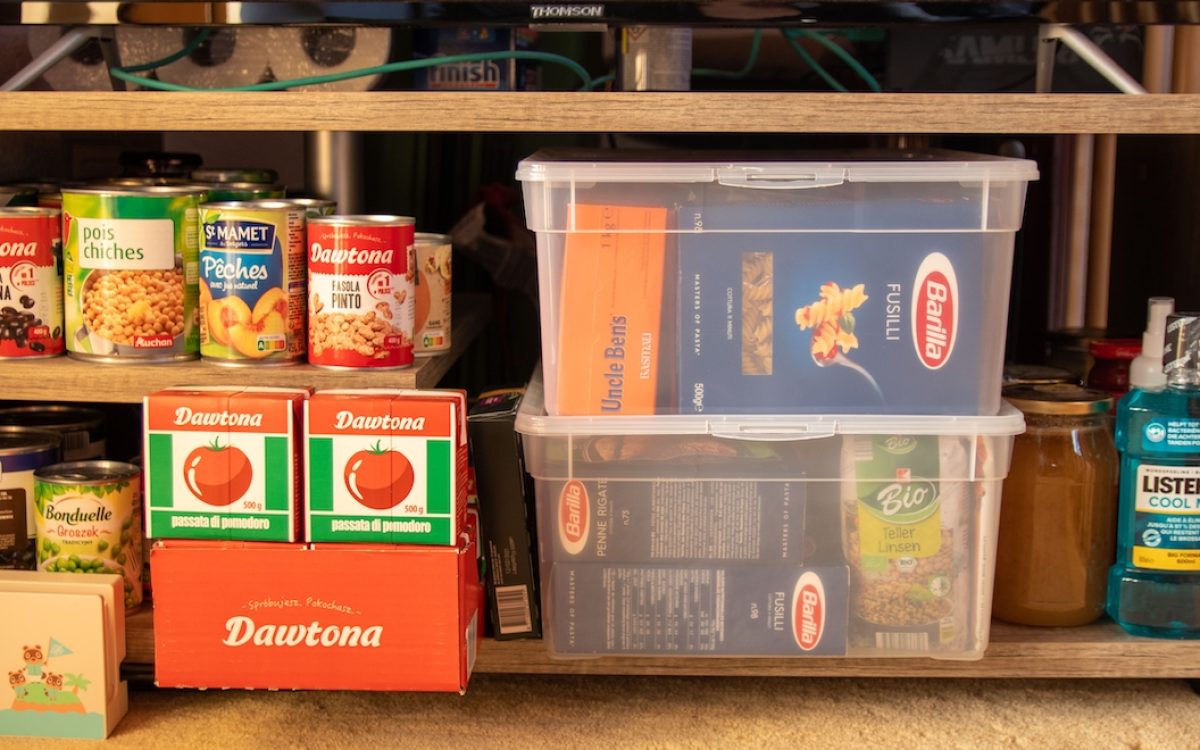





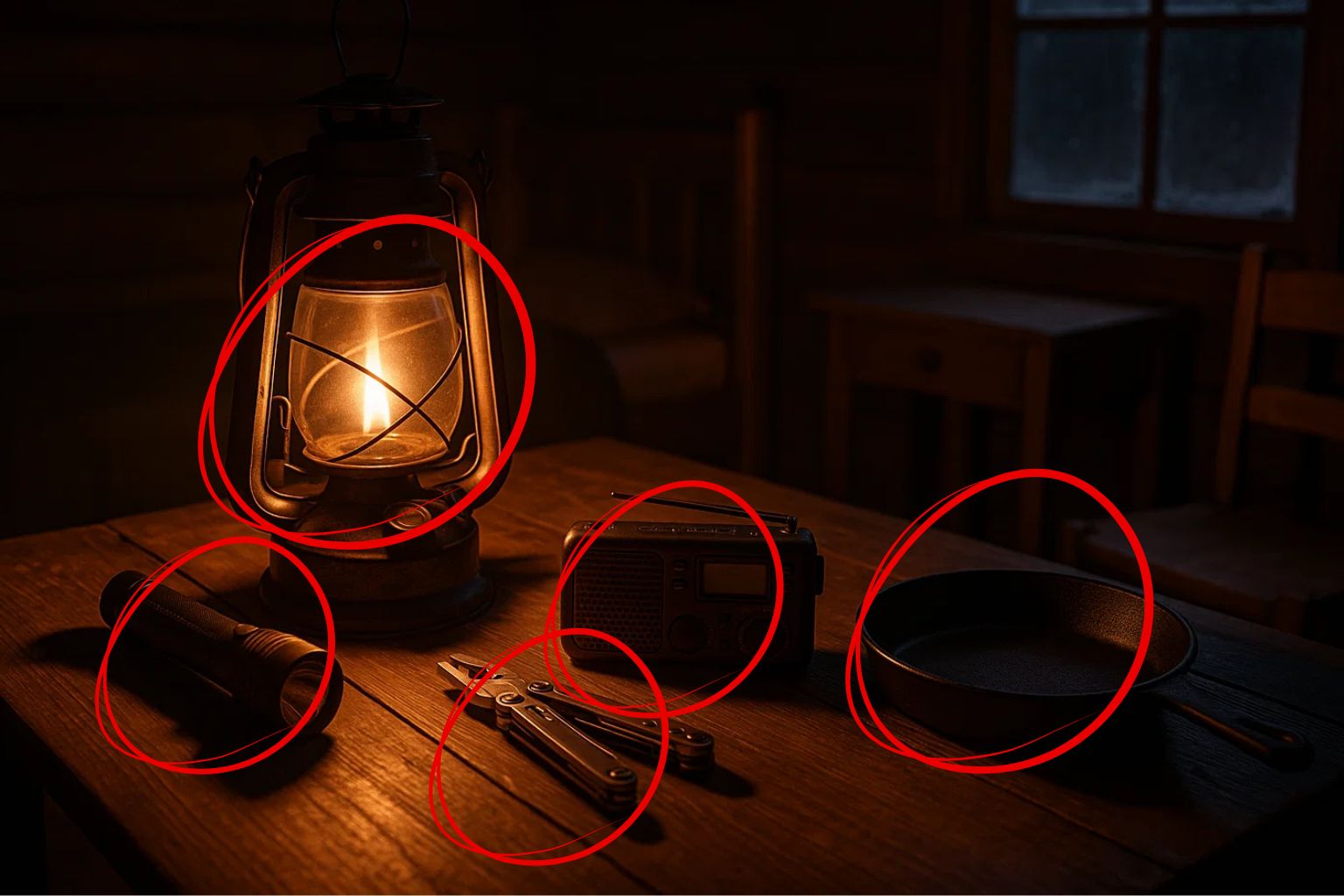



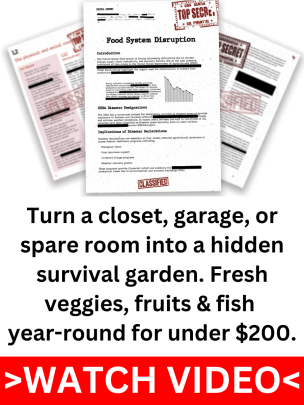








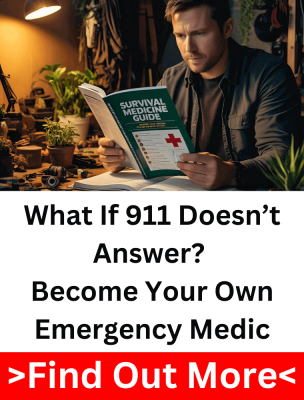

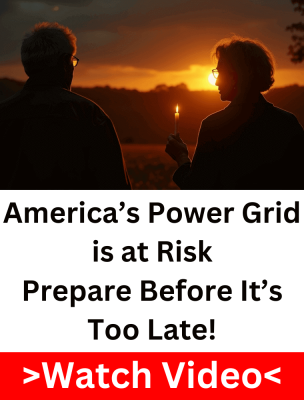

1 Comment